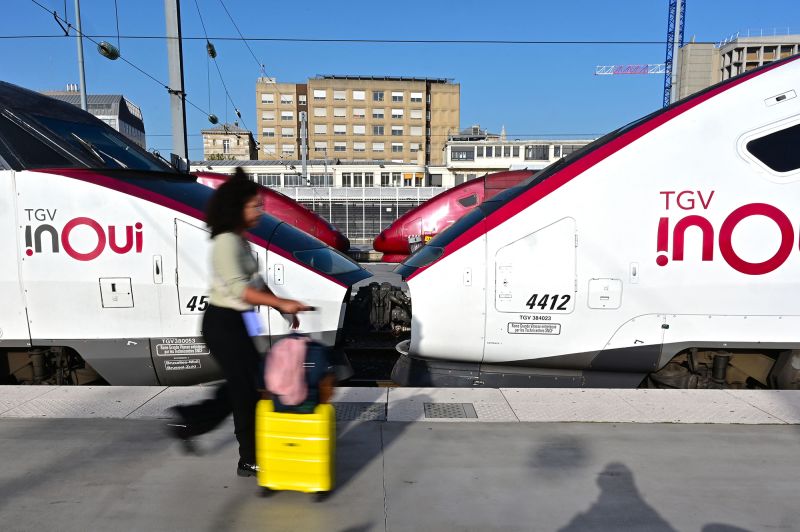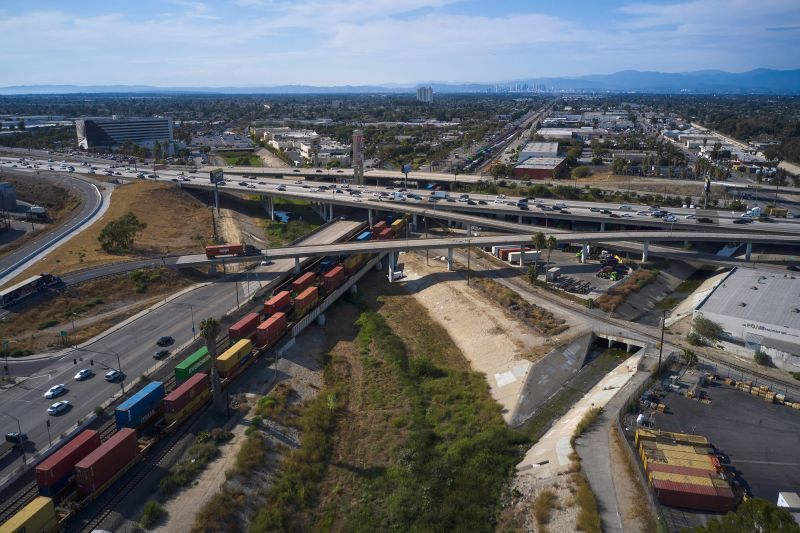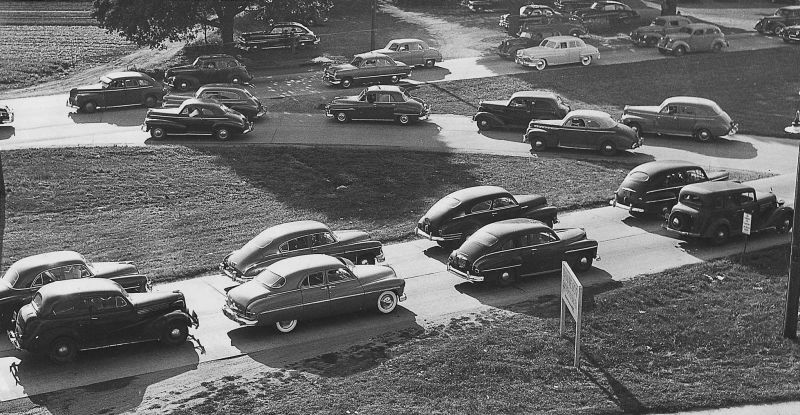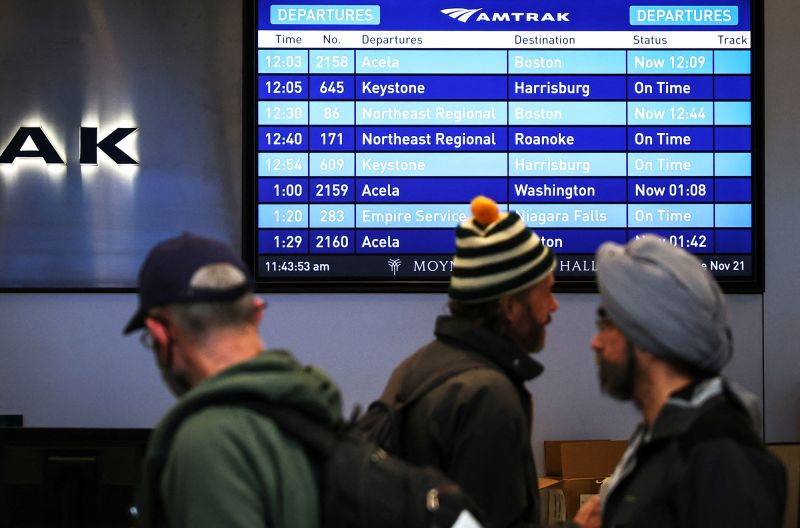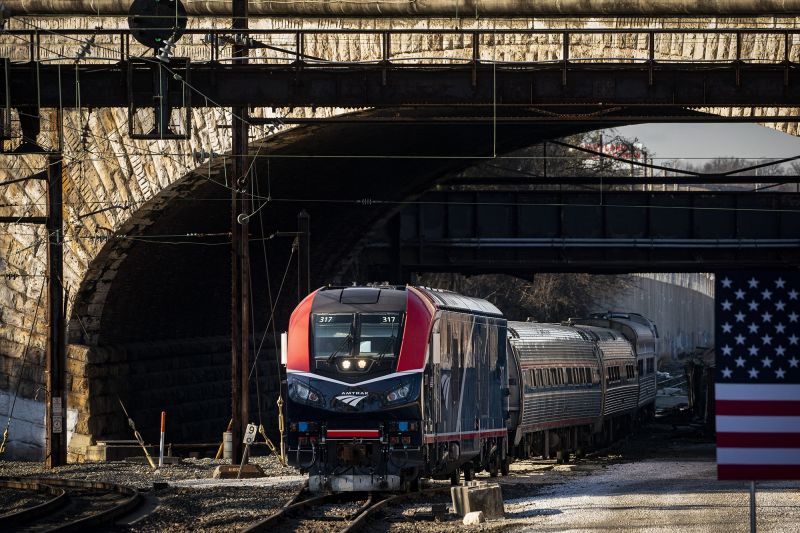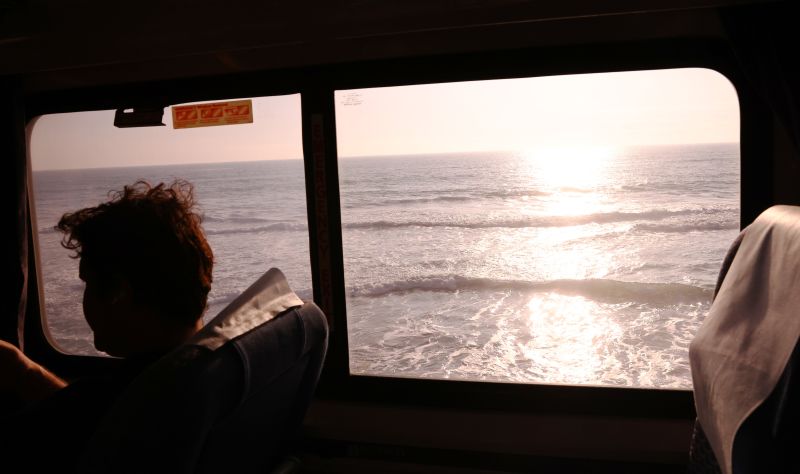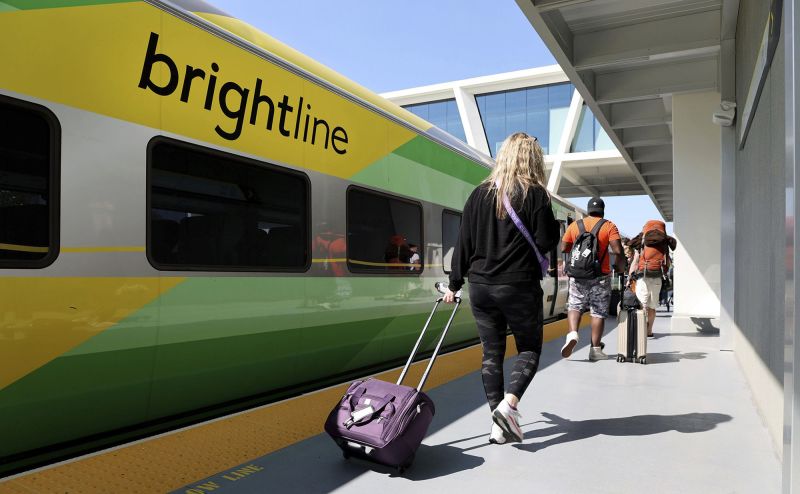
Why is the US lacking sufficient passenger train services?

Discover the fascinating history of passenger trains in the US, once a global superpower in rail travel Uncover the government's role in Amtrak and explore the potential for a revival in this iconic mode of transportation
The portrayal of train travel as fast, easy, and glamorous in movies like "Before Sunrise" or "Bullet Train" may lead one to believe that Europe or Asia are the hubs of this mode of transportation. However, it is surprising to learn that the US was once a global leader in passenger trains, boasting an extensive network of 254,000 miles of tracks. Unfortunately, today's passenger rail system in the United States is a mere shadow of its former self, with many parts of the network either unused or given over to freight. Over the past century, the country has shifted its focus and investments away from passenger railroads and toward traveling by cars and planes.
There is a potential shift taking place as efforts to revitalize railway travel in the United States gain momentum, driven by a commitment to reduce emissions. The Biden administration recently revealed plans to invest $16 billion into improving the Amtrak Northeast Corridor, the nation's busiest rail line connecting Boston to Washington, D.C. In addition, Brightline, the only privately owned and operated intercity railroad in the country, has launched a completed train line between Orlando and Miami, cutting about an hour off the drive time. California has also made substantial investments in a route from Los Angeles to San Francisco.
The time might be right for a railroad renaissance. The Swedish "flyskam" movement, which translates to "flight shame," has grown worldwide among people seeking to diminish their carbon footprints. The transportation sector emits the highest amount of greenhouse gas of all US sectors - and the US Department of Transportation has said that rail could play an essential role in reducing emissions.
A passenger walks with luggage past a TGV speed train on the platforms of Paris' Gare du Nord station, on October 7, 2023.
Miguel Medina/AFP/Getty Images
Train travel is still a viable option in the US, with Amtrak serving as the primary provider of intercity rail travel. Covering over 21,400 miles of track and operating in 46 states, this government-owned system is a key player in the industry. However, experts believe that the US has a significant amount of progress to make in order to compete with countries like France, Japan, and China in terms of high-speed rail and extensive train travel.
The rise and fall of US trains
The Golden Spike celebration Ceremony on May 10, 1869 marked the completion of the First US Transcontinental Railroad, linking the Central Pacific Railroad with the Union Pacific Railroad at Promontory Point, Utah in Weber Canyon.
Photo credit: Archive Photos/Getty Images
Trains changed the way people traveled in the 19th century, with the US leading the charge. Some of the wealthiest individuals in the nation, including JP Morgan, Jay Gould, and Cornelius Vanderbilt, made their fortunes through the development of the railroad. With the assistance of government funding and land grants, private US companies began building the country's first transcontinental railroad in the 1860s, connecting the existing eastern rail network all the way to San Francisco by 1869. This railway, which was the longest in the world at the time, facilitated the westward expansion of the US population. According to railway expert Christian Wolmar's 2012 book "The Great Railroad Revolution," train travel became widespread and, by the 1900s, almost every American had easy access to a train station, as rail carriers were obligated to provide passenger service in exchange for government subsidies.
Today, the train tracks that were once used by passengers are now exclusively used by freight trains. For many Americans, train travel is not even considered. So what led to this change?
According to Yonah Freemark, the lead on fair housing, land use, and transportation at the Urban Institute, there is no single answer. However, he told CNN that one of the main reasons for the decline in popularity of passenger trains is that the nation shifted its focus to a newer and more glamorous form of transportation: cars.
A long line of freight containers passes under a highway in Compton, California, US, on Tuesday, Aug. 2, 2022.
Bing Guan/Bloomberg/Getty Images
Freemark said the US government began encouraging states to invest in highways in the 1920s. Those efforts accelerated under President Dwight D. Eisenhower.
The United States Senate website provides a history of legislation, noting that Eisenhower's interest in the US highway system dated back to his involvement in the Army's first cross-country motor convoy in 1919. This experience exposed him to the poor quality of America's roads. In 1954, he proposed an American interstate highway system in his State of the Union message, justifying it as a national defense program. These highways could be used for transporting troops and evacuating cities in case of a nuclear attack.
"The difference between the US and other countries is that the US essentially allowed the private passenger rail companies to slowly disappear into irrelevance," according to Freemark, highlighting that the government's promotion of highway travel was not unique to the US.
"We created an environment in which it was difficult for railways to compete with the car," he added.
Heavy vehicle traffic on the highway near Levittown, New York on Sept. 28, 1951.
Harvey Weber/Newsday RM/Getty Images
The government takes over Amtrak
Paul Hammond, an executive director of the Colorado Railroad Museum and a historian, pointed out that poor timing was also a contributing factor. After World War II, railroad companies heavily invested in newer modern equipment just as the postwar baby boom and suburban living began to gain popularity. Hammond remarked, "Railroads put a significant amount of money into modernizing the passenger network right at the wrong time."
During the early 1970s, passenger rail service was causing financial strain for private companies due to low ridership, deteriorating infrastructure, and increased competition from cars and planes.
In response, President Richard Nixon signed the Rail Passenger Service Act in 1970, eliminating the requirement for private rail companies to offer passenger service. This led to the creation of Amtrak by the US government.
While the organization is much smaller than similar government-owned agencies in many foreign countries, Amtrak serves more than 20 million passengers annually.
Passengers queue to get on Amtrak trains at the Daniel Patrick Moynihan Train Hall in Pennsylvania Station before Thanksgiving in Manhattan, New York City, U.S., November 21, 2023.
Credit: Mike Segar/Reuters
Many towns and cities in America have lost their passenger train access, particularly in midwestern states like Indiana and Ohio, due to route abandonments since 1971. According to route maps from the Bureau of Transportation Statistics, Amtrak faces challenges with scheduling delays and on-track maintenance due to the fact that over 70% of the tracks it operates on are owned and shared with private freight companies.
Amtrak's pricing is a concern, as noted by Freemark. He stated, "They charge much higher fares than other countries that offer superior service."
Nevertheless, there are plans for improvements. The Biden administration announced in early November its intention to enhance Amtrak's Northeast Corridor, the system's busiest route.
Federal funding will be allocated to enhance train safety, increase capacity for more passengers, and update deteriorating infrastructure - which includes the replacement of a Baltimore rail tunnel that was built during the presidency of Ulysses S. Grant.
A photo taken on January 30, 2023, shows an Amtrak train in Baltimore, Maryland, US. President Biden is initiating a project to replace the 150-year-old Baltimore and Potomac Tunnel, a notorious bottleneck causing delays on the Northeast Corridor. (Photo credit: Al Drago/Bloomberg/Getty Images)
President Joe Biden emphasized the significance of the issue, having taken frequent Amtrak trips between Washington DC and his home in Delaware during his time in the Senate. Despite Amtrak's Northeast Corridor introducing 150 mph trains in 2000, the organization lags behind the high-speed trains in China and Japan that can reach more than 200 mph. Private companies sharing tracks with Amtrak are reluctant to interrupt their operations for necessary updates, according to Freemark.
A lack of political will has played a role, too. "The federal governments commitment to investing in high-speed rail lines has been limited at best," Freemark said.
Can passenger trains make a comeback?
Train travel is unlikely to regain the ground it has lost, given the expansion of the United States since the era of railroad dominance. Robert Puentes, CEO of the Eno Center for Transportation, suggests that a more realistic goal would be to develop rail systems connecting major metropolitan areas with economic ties, similar to Amtrak's Northeast Corridor.
Puentes emphasized that building a high-speed rail connection between Los Angeles and San Francisco would be more about meeting a demand than hoping for a "if you build it, they will come" situation. He noted that the two metropolitan areas have a strong economic relationship and are a suitable distance for rail travel as opposed to air travel.
A passenger rides an Amtrak train passing near the Pacific Ocean on November 9, 2021 near Oceanside, California.
Mario Tama/Getty Images
However, while California has invested heavily in the route, it is taking longer than initially planned.
Private companies have also made efforts to step in and fill the gap. Brightline has reported having accommodated millions of passengers on its South Florida trains and has revealed intentions to begin construction on a new passenger railway linking Los Angeles and Las Vegas.
California-based Dreamstar Lines is endeavoring to bring back the allure of train travel by introducing a deluxe overnight sleeper train service connecting Los Angeles and San Francisco.
Passengers board a Brightline train bound for West Palm Beach at the Fort Lauderdale station in Florida on February 27, 2023. The privately owned high-speed rail network has plans for a route from Los Angeles to Las Vegas. (Carline Jean/South Florida Sun Sentinel/Tribune News Service/Getty Images)
Amtrak has had its own sleeper cars since 1979, but earlier this year, it began the process of replacing and updating its overnight train fleet for the first time in 40 years.
"We are confident in the future of our long-distance service and are excited to improve the customer experience throughout the entire Amtrak network," stated Amtrak board chair Tony Coscia in January.
The rail revolution faces the challenge of persuading Americans to choose trains over the cars they have become so accustomed to for generations.
"People in the US simply aren't accustomed to taking trains," said Freemark.
